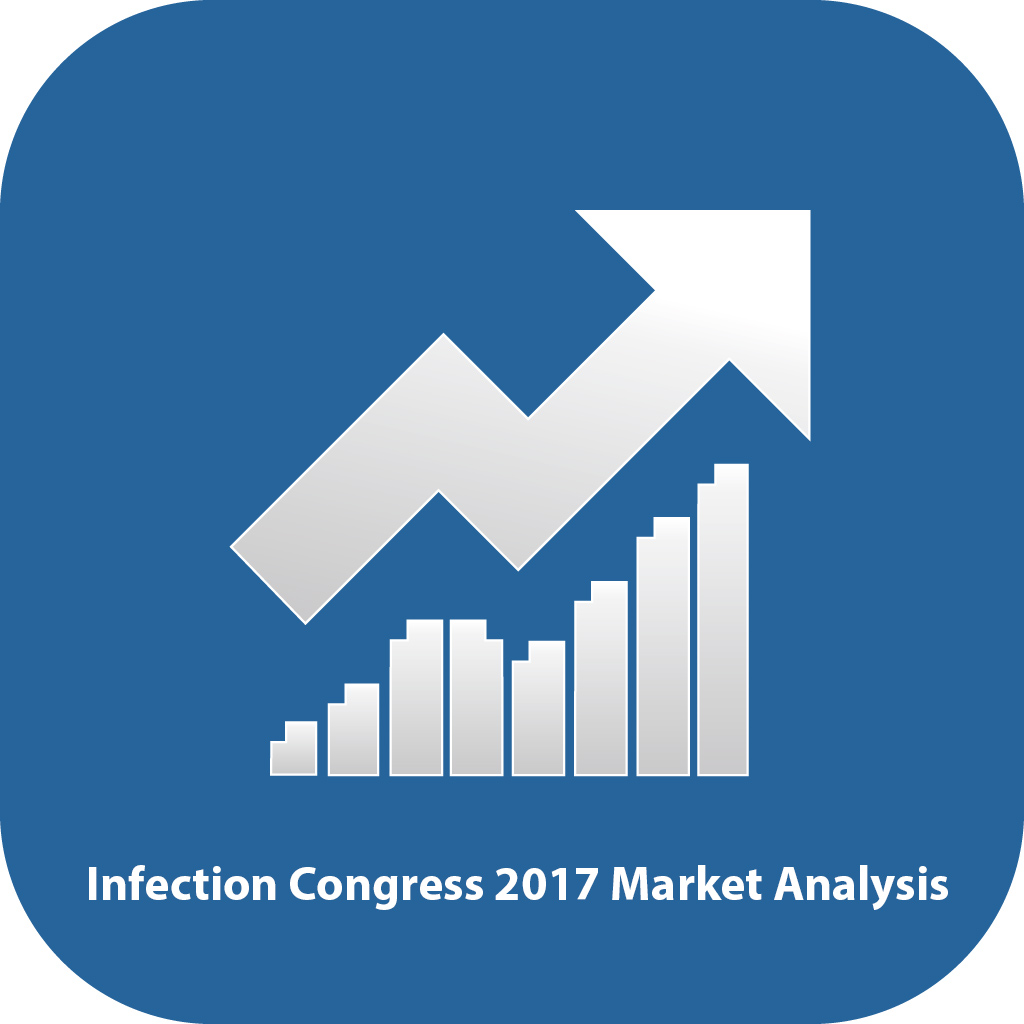Shahryar Eghtesadi
Islamic Azad University, Iran
Title: The effect of green tea extracts supplementation on weight changes, serum malondialdehyde and blood iron indices in pulmonary TB patients: A randomized controlled trial
Biography
Biography: Shahryar Eghtesadi
Abstract
High prevalence of TB in Golestan Province in north of Iran motivated us to use supplementation with green tea extract to promote healing. The aim of this study was to investigate the effect of green tea consumption on weight changes, iron status and improving process of pulmonary tuberculosis treatment. This double-blinded randomized clinical trial study was conducted on patients with TB, who were assigned randomly to the green tea group (41 patients) receiving 500 mg catechin of green tea extract and the control group (39 subjects) receiving placebo for two months since the beginning of concomitant anti-TB treatment. Height and weight were measured at first and two and six months thereafter. Demographic, food frequency questionnaires and 24-hour dietary recalls of three non-consecutive days were completed. After obtaining 10 ml of venous blood, hemoglobin (Hb), transferrin, ferritin, total iron binding capacity (TIBC), iron and serum malondialdehyde (MDA) were measured in the beginning and the end of the study. Data were processed using independent and paired t-test, McNemar, Wilcoxon, Kaplan-Meier, Log-rank test Cox regression model and Nutrition 4 software. At the beginning of the survey, two groups were similar according to age, gender and clinical status (p>0.05). Average daily energy intake of patients was 1518±434 kcal, distribution of which was as follow: Carbohydrates 58%, protein 17% and fat 22%.Vitamin D and Zinc intake of patients were less and iron intake was higher than the DRI. Weight changes in both groups of placebo and green tea had tendency of increase with a significant difference at two and six month follows ups (pË‚0.0001). However, there were no significant changes due to intervention compared to placebo. ANCOVA test showed mean difference level (P value) in both groups for Hb, iron, TIBC, transferrin and ferritin as of: 0.004, 0.56, 0.65, 0.38 and 0.16, respectively which means that increase of hemoglobin in the green tea group was significant compared to the placebo group. There was just a 9.2 nmol/ml difference between the two groups for MDA in the beginning of study, which was not statistically significant (p=0.078) whereas, it was increased to 24.8 nmol/ml after the intervention, indicating a significant difference (p<0.001). The decline value was estimated -45.45±14.69 nmol/ml for catechin group and -19.91±18.38 nmol/ml for placebo group. In conclusion, green tea as an adjuvant to TB treatment can reduce MDA concentration and improve hematopoiesis and hemoglobin level, but no significant effect on weight gain compared to placebo group.

